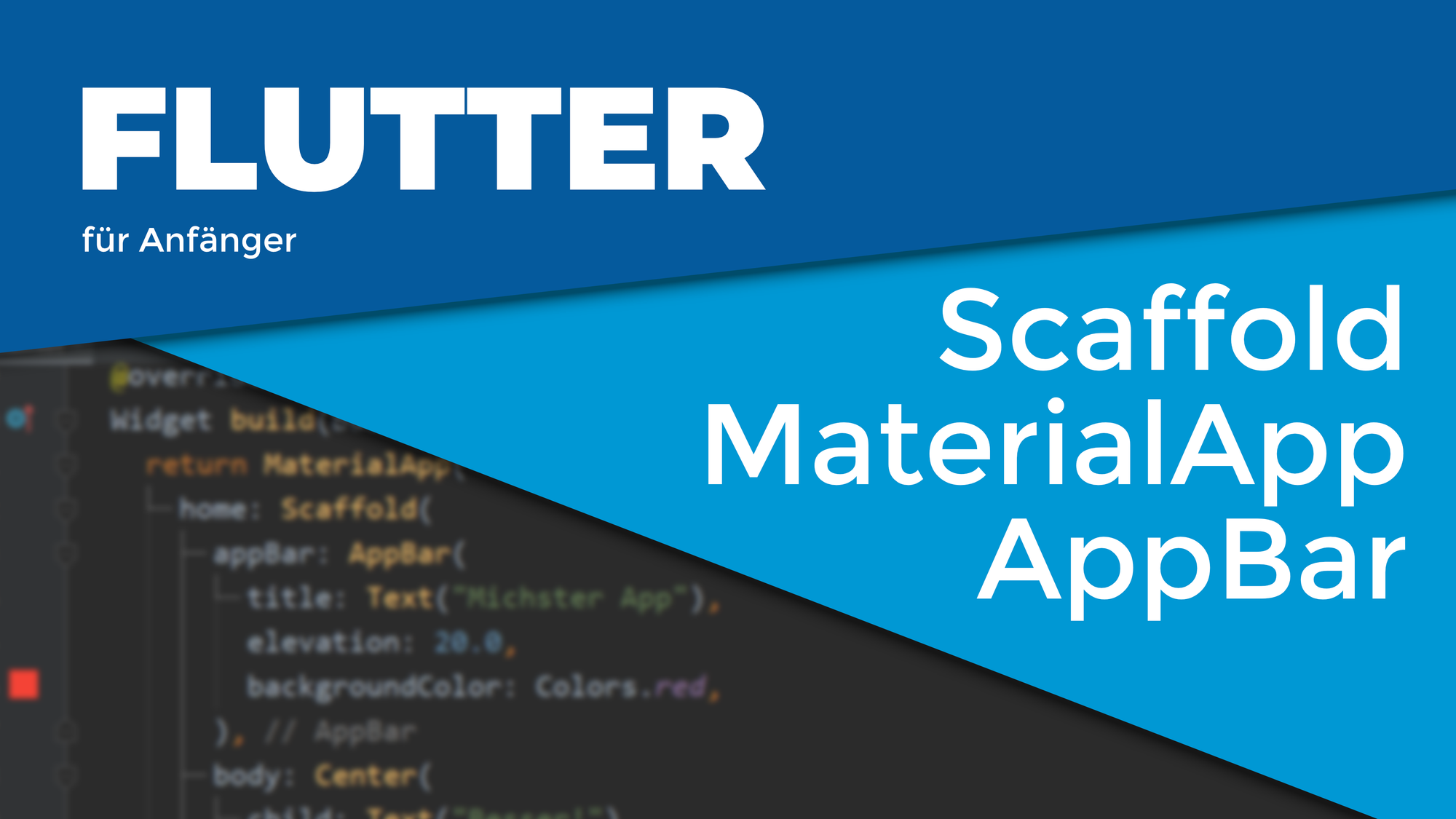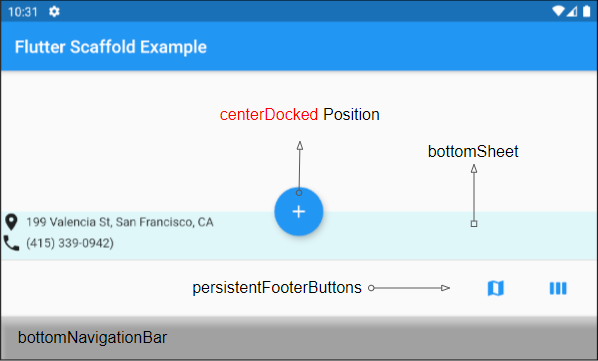

The ConstrainedBox widget provides several benefits when it comes to designing a polished and consistent user interface in your Flutter app. In this example, we’ve created a ConstrainedBox widget that constrains the width and height of the child Container widget to be between 200 and 300 pixels and 100 and 150 pixels, respectively. All you need to do is wrap your widget inside the ConstrainedBox widget, and specify the minimum and maximum height and width using the constraints parameter. Using the ConstrainedBox widget is quite simple in Flutter. This widget can be used to ensure that your widgets are always displayed within a specific size range, no matter the screen size. With the ConstrainedBox widget, you can define a minimum and maximum width and height for your widget.īy using the ConstrainedBox widget, you can control the size of your widget based on your design requirements. The ConstrainedBox widget is a Flutter built-in widget that allows you to constrain the size of your widgets within specific bounds.

The Flutter framework provides a wide range of widgets for controlling the layout and size of your UI components, and one such widget is the ConstrainedBox. When it comes to building mobile apps with Flutter, controlling the size of your widgets can be a crucial aspect of designing a polished user interface.


 0 kommentar(er)
0 kommentar(er)
